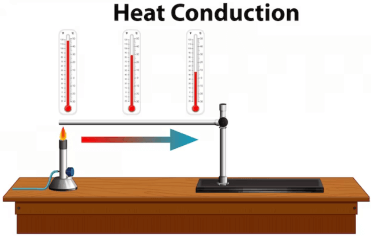Question
a.
True
b.
False
c.
May be True or False
d.
Can't say
Posted under Bioinformatics
Interact with the Community - Share Your Thoughts
Uncertain About the Answer? Seek Clarification Here.
Understand the Explanation? Include it Here.
Q. Sometimes a tree-building method may result in several equally optimal trees. A consensus tree can be built by showing the commonly resolved bifurcating portions and collapsing the...
Similar Questions
Explore Relevant Multiple Choice Questions (MCQs)
Q. The number of rooted trees (NR) for n taxa is ______
View solution
Q. For unrooted trees, the number of unrooted tree topologies (NU) is ________
View solution
Q. It can be computationally very demanding to find a true phylogenetic tree when the number of sequences is large.
View solution
Q. Which of the following is incorrect statement about Molecular Markers?
View solution
Q. For studying the evolution of ________ divergent groups of organisms, one may choose either ______ nucleotide sequences, such as ribosomal RNA or protein sequences.
View solution
Q. In many cases ______ sequences are preferable to ______ sequences because they are relatively ____ conserved.
View solution
Q. Protein sequences can remain the same while the corresponding DNA sequences have more room for variation.
View solution
Q. DNA sequences are sometimes more biased than protein sequences because of preferential codon usage in different organisms.
View solution
Q. In Jukes–Cantor Model to correct evolutionary distances, A formula for deriving evolutionary distances that include hidden changes is introduced by using a logarithmic function. It is ____
View solution
Q. Which of the following is untrue about distance based methods?
View solution
Q. Which of the following is untrue about the Unweighted Pair Group Method Using Arithmetic Average?
View solution
Q. The basic assumption of the UPGMA method is that all taxa evolve at a constant rate and that they are equally distant from the root, implying that a molecular clock is in effect.
View solution
Q. In the Neighbor Joining step, The UPGMA method uses unweighted distances and assumes that all taxa have constant evolutionary rates.
View solution
Q. Corrects for unequal evolutionary rates between sequences by using a conversion step. This conversion requires the calculations of “r-values” and “transformed r-values” using the following formula ______
View solution
Q. A generalized expression of the r-value is ri calculated based on the following formula _______
View solution
Q. The tree construction process is somewhat similar to that used UPGMA.
View solution
Q. Which of the following is untrue about the Optimality-Based Methods?
View solution
Q. Which of the following is untrue about the Fitch–Margoliash?
View solution
Q. Minimum evolution (ME) constructs a tree with a similar procedure, but uses a different optimality criterion that finds a tree among all possible trees with a minimum overall branch length. The optimality criterion relies on the formula S = ∑bi where bi is the (i)th branch length.
View solution
Q. Which of the following is incorrect statement about Character-based methods?
View solution
Recommended Subjects
Are you eager to expand your knowledge beyond Bioinformatics? We've handpicked a range of related categories that you might find intriguing.
Click on the categories below to discover a wealth of MCQs and enrich your understanding of various subjects. Happy exploring!








